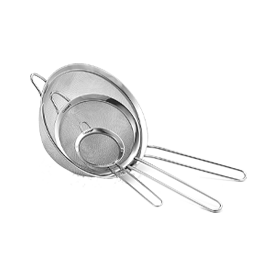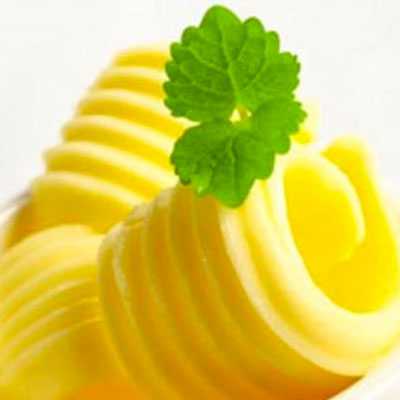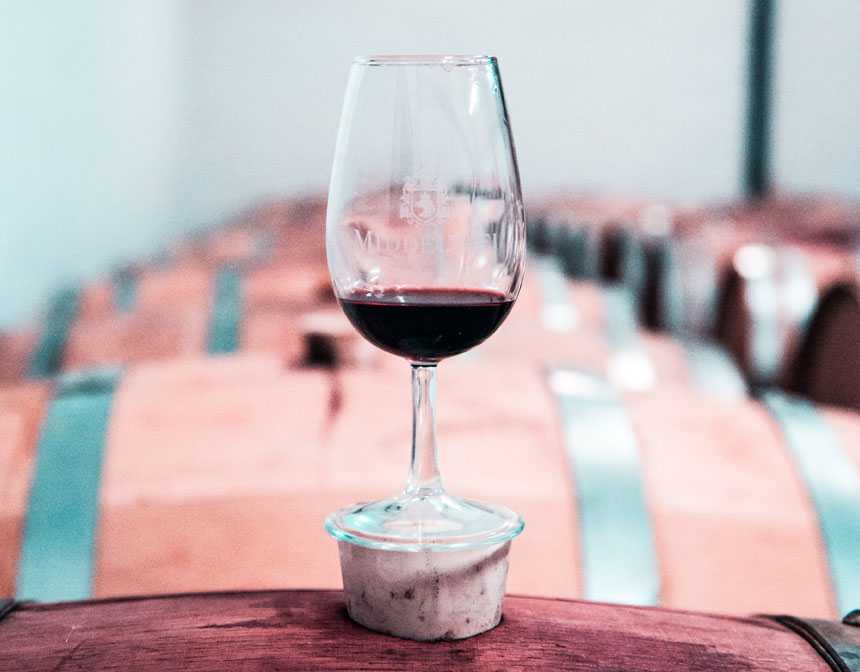What Does Cozonac Taste Like?
The dough of the Romanian Easter bread is sweet and plain with a light and fluffy texture while the exterior develops a deep golden crust, the filling is boldly flavoured with fragrant nuts, chocolate, citrus and aromatics.
Popular fillings vary by regions with the most common being ground nuts, ground poppy seeds, chocolate and lokum (Turkish delight).
When to Eat Cozonac?
Cozonac is a celebration loaf also known as Romanian Easter bread as the fresh and aromatic ingredients provide a festive flavour. Served throughout the festive holidays of the year including Easter, Christmas and New Year as a guaranteed crowd pleaser.
The bread is popularly served through Romania, Moldova, Bulgaria and Serbia although believed to have originated in Egypt and been transported through the Greek.
Where to Buy Cozonac?
The Romanian Easter bread is a speciality loaf which is difficult to source outside of their home countries. Cozonac can be purchased from boutique bakeries or online as the bread can be packaged with a longer shelf life. The best way to experience cozonac is to follow our recipe and produce a homemade loaf.
What is The Difference Between Pasca and Cozonac?
Pasca and cozonac are both festive breads popular in Romania which use the same sweetened dough as a base.
While cozonac is filled with a nut paste and rolled, pasca has a sweet cheesecake filling at the centre of a round dough. Sweetened yeast-dough is plaited around the rim of a spring-form pan then the centre is filled with a farmer’s cheese to produce another delicious dessert bread.
Pasca and cozonac are favoured as they are served at Easter feasts which mark the end of fasting, the first sweet treat after 7 weeks of abstaining making these loaves extra special.















































